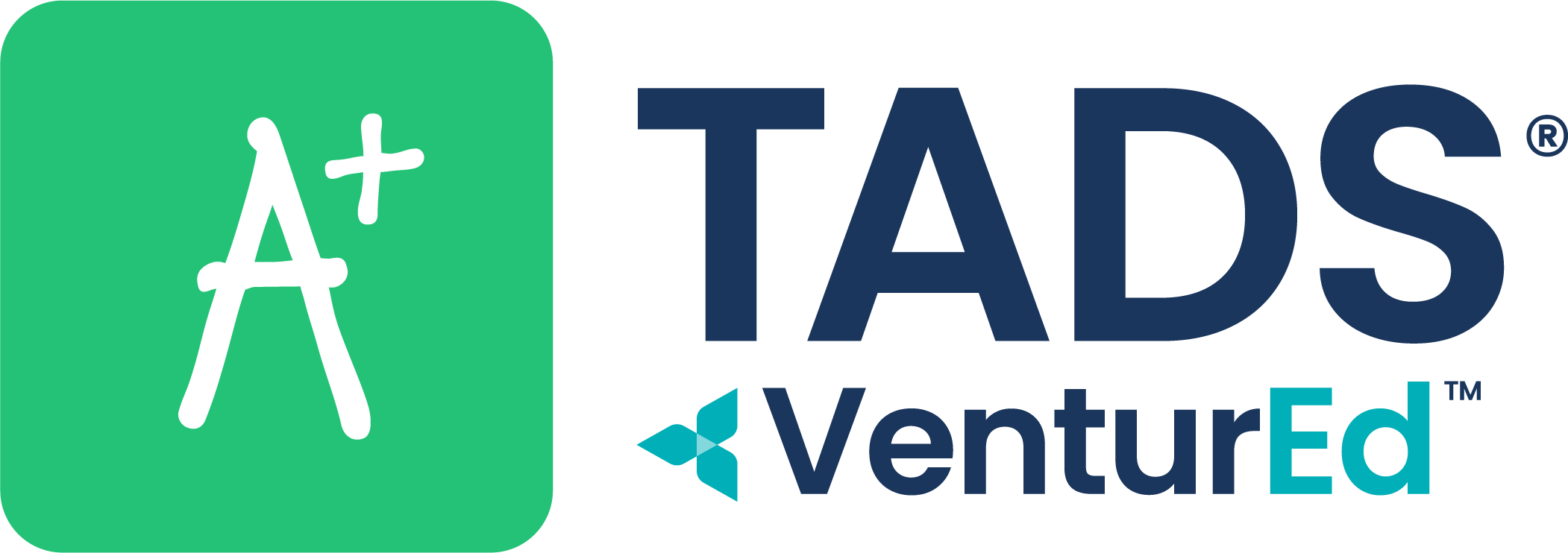
Maintaining—or growing—enrollment numbers is critical to a private school’s financial stability, educational excellence, and resources. Keeping track of current school data can help administrative teams attract, admit, and enroll mission-fit students with a greater chance of staying at their school long-term. Let’s look at five fast facts that impact enrollment and how administrators can use them to better prepare successful enrollment strategies.
1. Rising Tuition Costs Amidst Inflation
Tuition costs have been a subject of concern for both families and private school administrators. According to figures from the National Association of Independent Schools (NAIS), inflation-adjusted school tuition grew 102% while inflation-adjusted median family income grew just 23% between 1990 and 2020.
To address the disparity between the rising cost of private education compared to income levels, schools may consider expanding their financial aid programs; fundraising, community partnerships, or merit-based scholarships are just a few ways schools can provide additional aid.
At the same time, expanding financial aid offerings may cause administrators concerns about the financial health of the school. To balance this, schools may consider adopting new strategies to maximize net tuition revenue.
2. Fundraising to Support Income
In our 2022 Trends Report, 10% of school income comes from fundraising. Money raised can go towards financial aid, school facilities, educational opportunities, materials, and extracurricular activities. The option to integrate fundraising software into school management systems gives schools the data and tools they need to plan and execute effective fundraising campaigns. Schools have succeeded with auctions, crowdsourcing campaigns, text-to-donate campaigns, and more. Creative fundraising campaigns not only boost income—they can also bring your community together and serve as marketing for your school.
3. Technology Integration
Inefficient administrative processes can be a significant drain on a school’s resources. In an environment where school staff are often stretched thin, investing in technology can streamline operations and enhance productivity, resulting in increased enrollment numbers.
39% of our school respondents who rated themselves as “early technology adopters” enrolled 101-500 new students! Why is this? Connected admissions and enrollment management technology provides a simple, straightforward process for new and returning families. Features like lead nurturing and tracking, personalized communication, and real-time data help administrators tailor their approach and attract and enroll more families.
4. Growing a Diverse and Inclusive Community
Diversity and inclusion have become top priorities in education, and private schools are no exception. According to the National Center for Education Statistics, in the most recent data (2019-2020 school year), the demographics of K-12 private schools were as follows:
- 66% White
- 12% Hispanic
- 9% Black
- 7% Asian
- 5% Two or more races
One effective strategy to ensure your school is building a diverse community is to invest in software that records information about student and family demographics. By tracking enrollment trends, schools can gauge how well they’re doing in diversity and inclusion initiatives and use these insights to make their school more accessible to families from a variety of backgrounds.
5. Providing Flexible Payment Options
During the COVID-19 pandemic, schools had to pivot to contactless payments. Yet surprisingly, in 2022, 14% of schools reported themselves as “behind” in their utilization of technology for payments—especially in offering mobile payment options.
Why is this important? Because payment options can directly impact enrollment numbers. Online payment systems can offer flexible payment options, such as the ability to pay in installments. This can make education more affordable and accessible for a broader range of students, potentially increasing enrollment.
And on top of being convenient, accepting online payments can reduce barriers, too. Consider families who may live farther away from your school and rely on public transportation to come in and make a payment; making a trip every time they need to make a payment could deter them from your school—and possibly delay payments. Overall, offering online payments can be used to ensure prospective families that your school cares about their experience and wants to work with them to make private education possible.
Your Partner in K-12 Private School Trends
TADS understands that the enrollment process—and its associated challenges—are essential to the overall success of your school. By staying informed about these facts and figures, you can make data-driven decisions that lead to your private school’s continued growth and excellence while offering families a seamless enrollment experience. Private education is an investment in the future, and by addressing these key enrollment factors, you can ensure that your institution continues to provide a top-notch education to students from all walks of life.
If your school could benefit from streamlining enrollment management, schedule a demo with the TADS team to see how our software can help.
Resources mentioned in this article:
